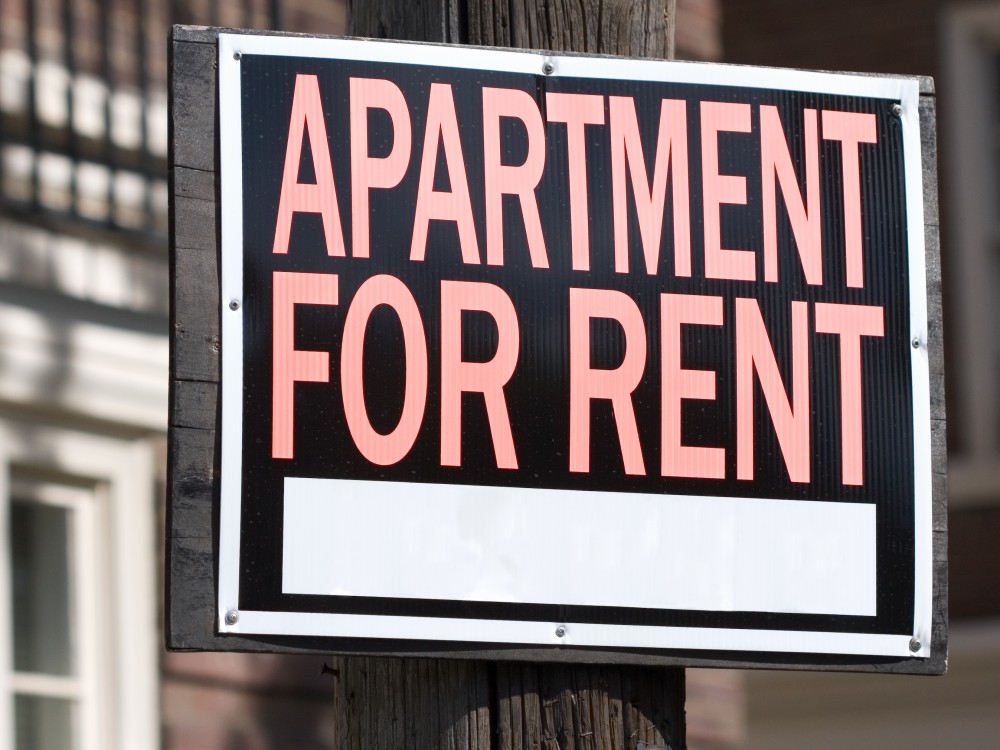A seismic shift is coming to Ontario’s justice system, driven by growing public concern over repeat violent offenders being released back into communities. The Ford government is preparing legislation to dismantle the practice of “cashless bail,” a system critics say has allowed dangerous individuals to cycle through arrest and release with alarming frequency.
Currently, individuals charged with violent crimes are often released on a “promise to pay” bail commitment – a system perceived as lacking real consequence. The proposed changes demand that those accused, or their guarantors, provide actual financial security before being granted release, aiming to make bail conditions more meaningful and enforceable.
The move isn’t isolated. Ontario has been leading a national push for bail reform, pressuring the federal government to address what many see as a flawed system. Recent federal changes, Bill C-14, are already granting judges greater discretion to deny bail to repeat offenders, a victory spurred by provincial advocacy.

The impetus for change stems from harrowing real-world examples: individuals arrested while already out on bail, only to re-offend with similar crimes. These cases have fueled public outrage and a demand for greater accountability within the justice system.
Support for the proposed reforms is surprisingly broad. Even criminal defence lawyer Ari Goldkind acknowledges the necessity of the changes, stating they strike a balance between public safety and the rights of the accused. He believes requiring financial commitment will ensure bail conditions are taken more seriously.
Law enforcement echoes this sentiment. The Ontario Police Association asserts that stricter bail requirements and improved enforcement tools are vital to making bail a truly meaningful deterrent. Front-line officers have long expressed frustration with the revolving door of release and re-arrest.

However, addressing the bail system is only one piece of the puzzle. The Ford government recognizes the need to alleviate chronic jail overcrowding, a factor judges have often cited when granting bail. Plans are underway to build new correctional facilities and even reopen previously closed jails.
The province has already increased jail capacity from roughly 7,000 to 8,000 inmates, but overcrowding remains a significant issue. This expansion is a direct response to concerns that a lack of jail space has contributed to the release of potentially dangerous individuals.
The coming legislation represents a fundamental rethinking of how Ontario approaches bail, aiming to prioritize public safety while navigating the complexities of a fair and just legal system. It’s a response to years of mounting pressure and a growing sense that the current system is failing to protect communities.
This isn’t simply about tougher penalties; it’s about ensuring that bail conditions carry weight and that those accused of serious crimes are held accountable before their day in court. The goal is to break the cycle of release and re-offense, and restore public confidence in the justice system.




